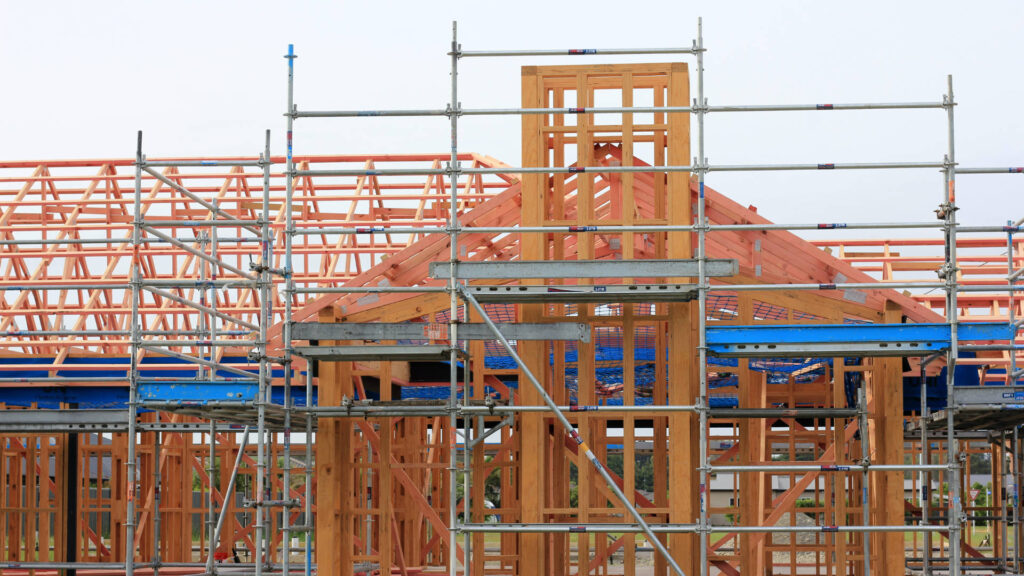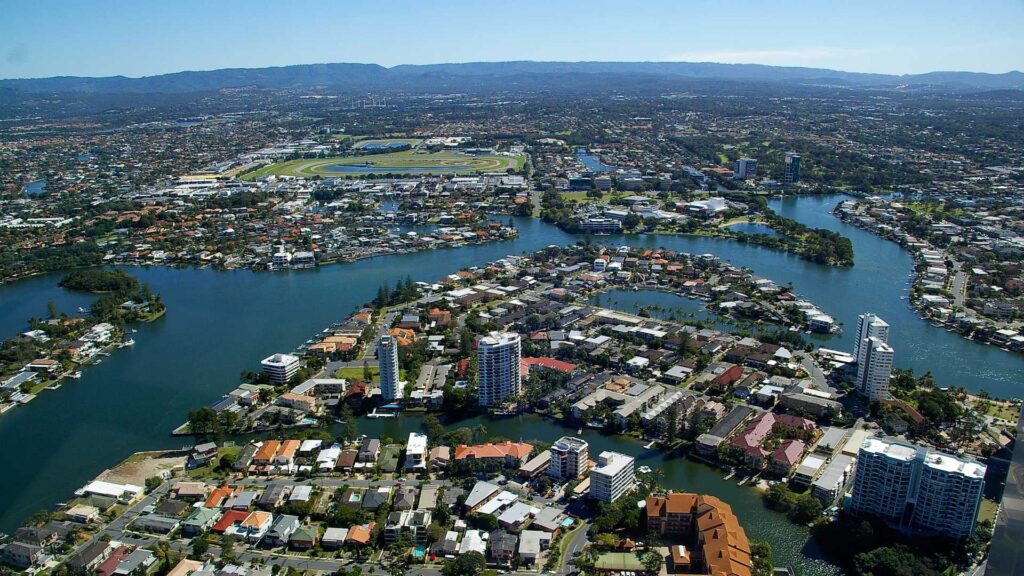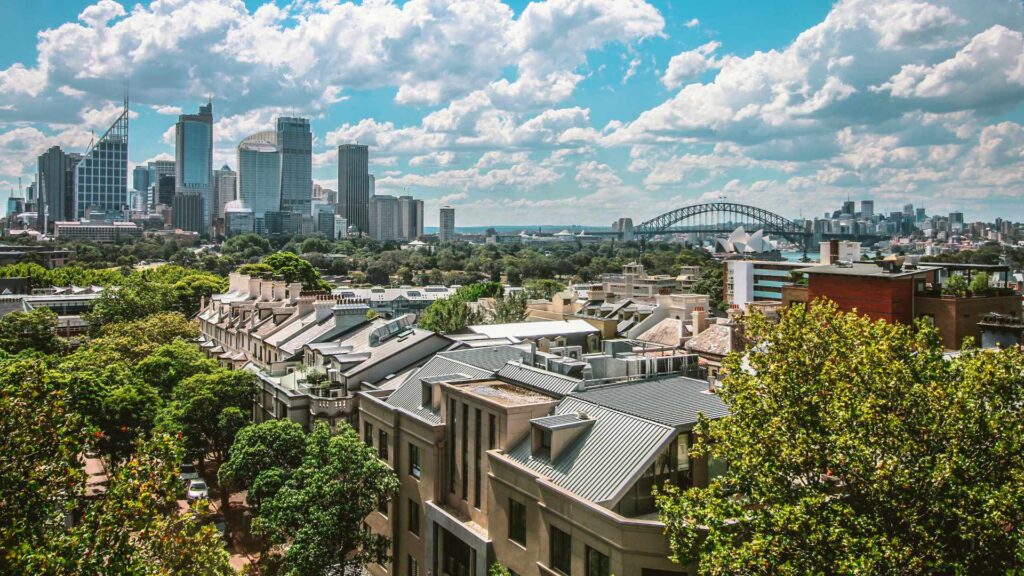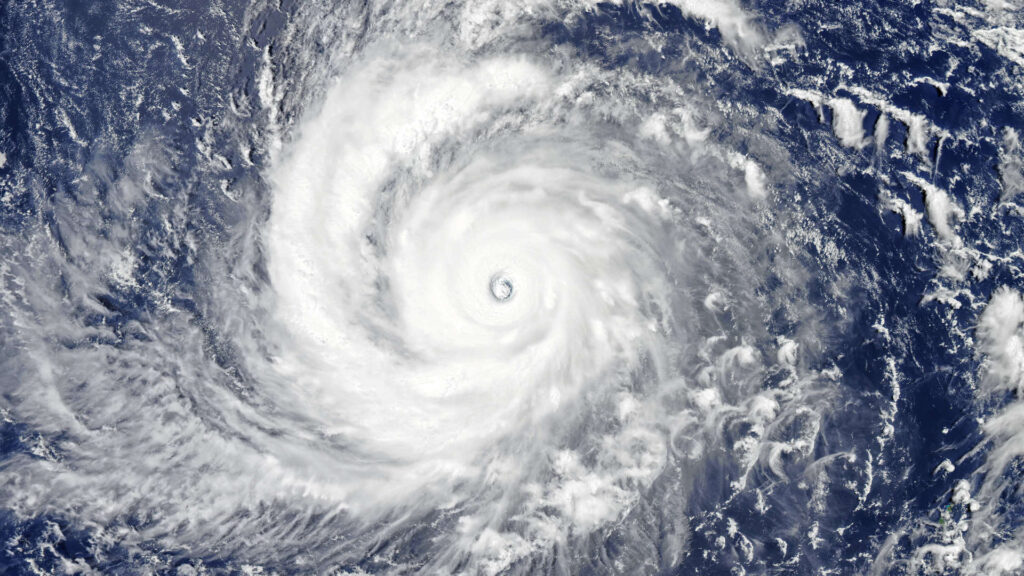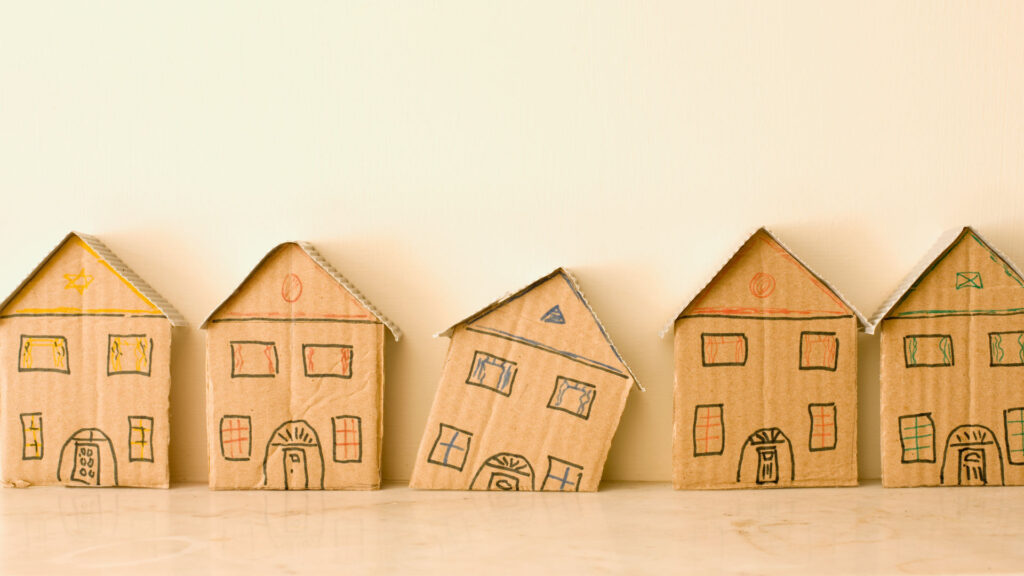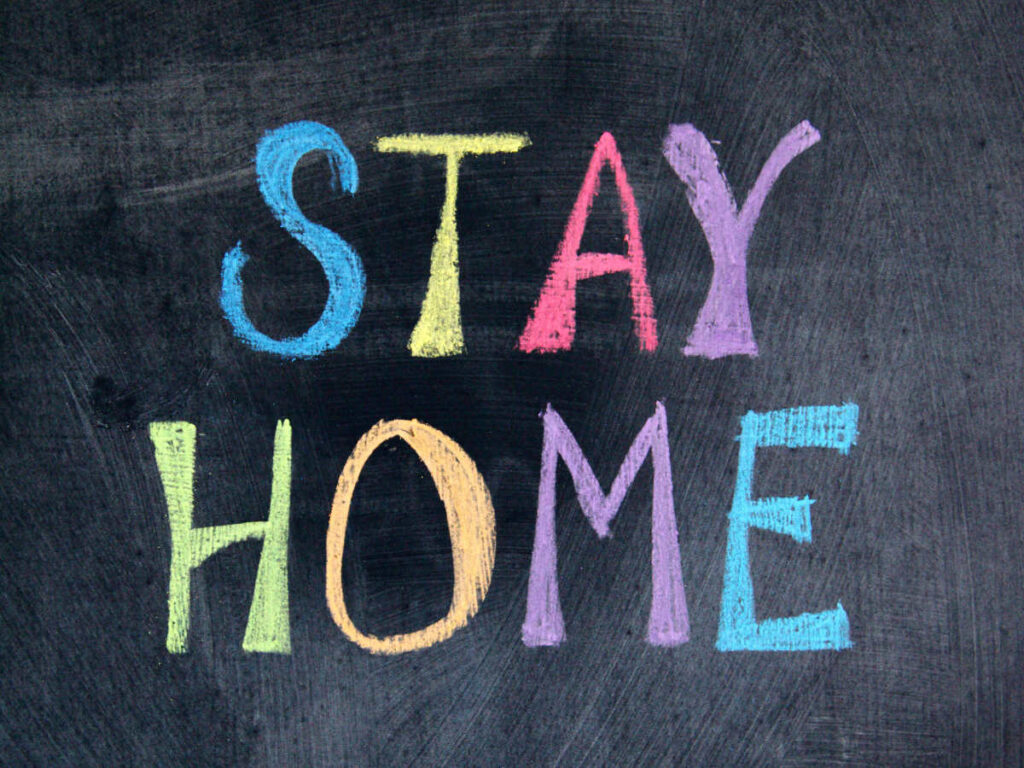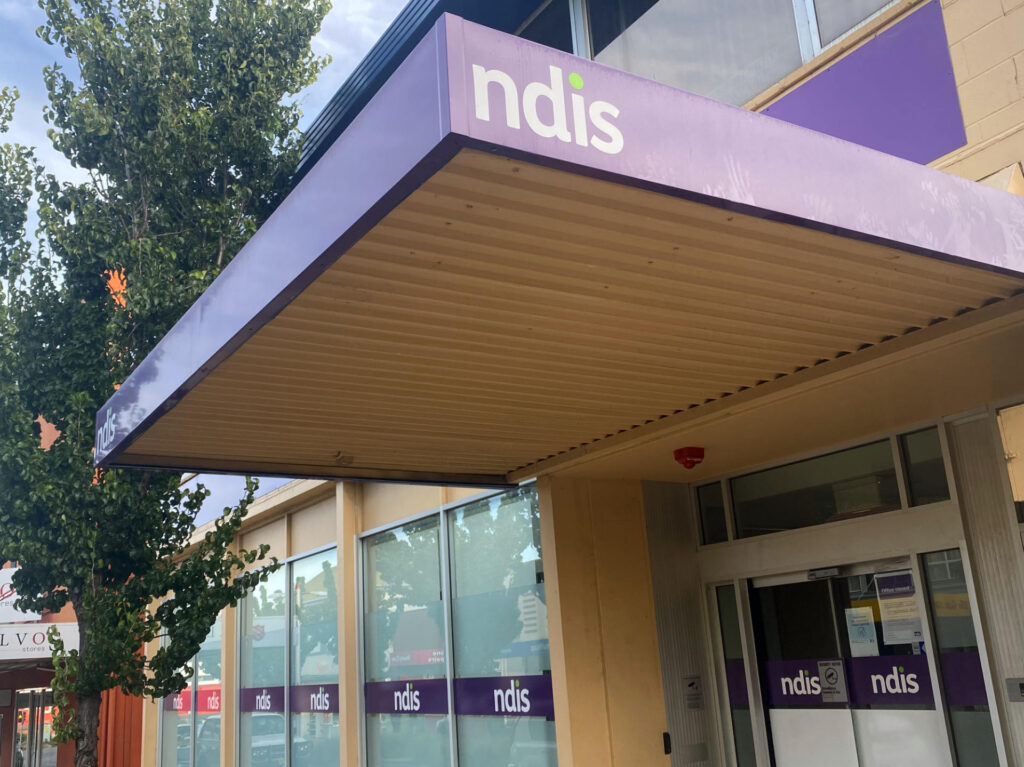When single mum Kerrie Boylett wanted to buy a home in 1995, almost all lenders turned her away.
Ms Boylett is now retired and aged 68, but back then she was 40, and had a nine-year-old daughter.
“It was a lot harder for me to get a loan as a single person and a woman — it was practically impossible,” she tells ABC News.
Ms Boylett eventually convinced one lender to give her a loan. She bought her first home in Coogee, NSW for $150,000, with a deposit of 15 per cent (which she says was based on a decade of her saving).
Her variable interest rate was a massive 19 per cent and her income was low, making it a daily struggle to afford to live.
“It was really hard, really hard — I mean, I remember once I had the electricity cut off for three days,” she recalls.

